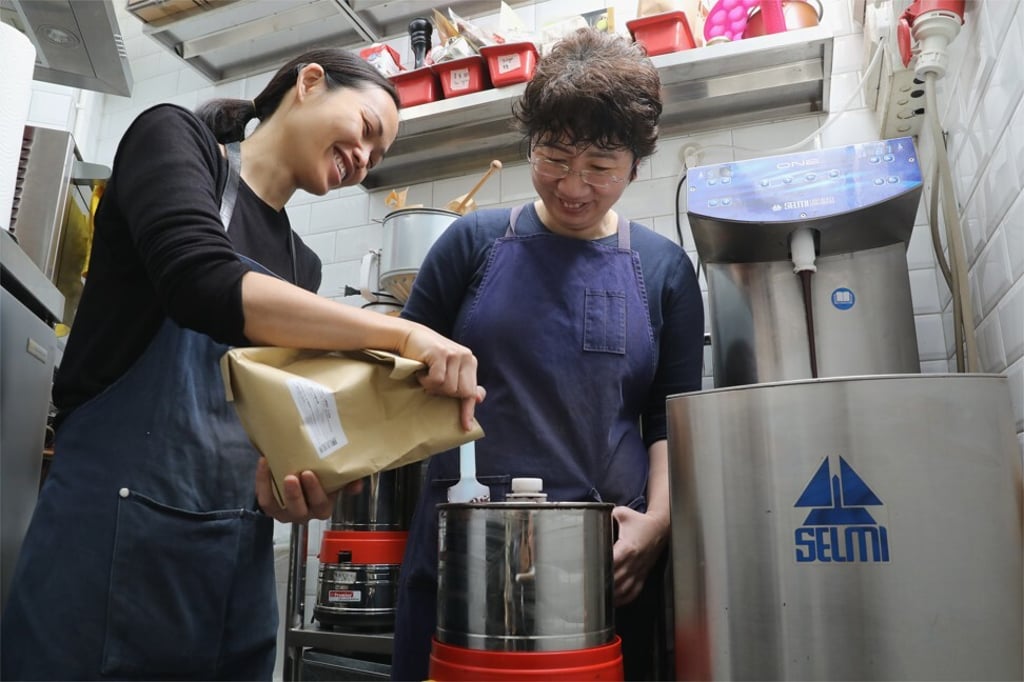How Hong Kong’s craft chocolate makers are educating the masses on the advantages of bean to bar
Ethical sourcing and innovative flavours are tingling the city’s taste buds. Bar of fermented ghost pepper, anyone?

The Mayan people of Central America are thought to have been the first to farm cacao, 2,000 years ago, roasting the seeds and crushing them into a soft paste that they mixed with water and spices to make an unsweetened chocolate drink. At Hakawa, Sally Kwok Pik-shan and Mandy Wong Ngai-man are doing something similar.
“Making the chocolate on the premises means we can have more contact with the community,” says Kwok. “When it isn’t too busy, we enjoy chatting to customers. People are becoming very knowledgeable about chocolate.”
“Bean-to-bar” refers to the creation of chocolate from scratch. Think of it like any other artisanal movement, such as craft beer or craft gin – it’s all about quality ingredients, small-scale production and a focus on transparency.

Winning over a public more used to Cadbury’s or Hershey’s chocolate will take time. A generation ago most of us would have been happy with a cup of instant coffee, but now we turn our noses up at that. And it’s the same with craft chocolate. We need to be informed to appreciate it, because if we don’t value the bean-to-bar process, the high-quality ingredients, the ethical supply chain, then we are not going to fork out HK$80 for a bar.
Kwok and Wong decided to hook their customers in by offering chocolate drinks.